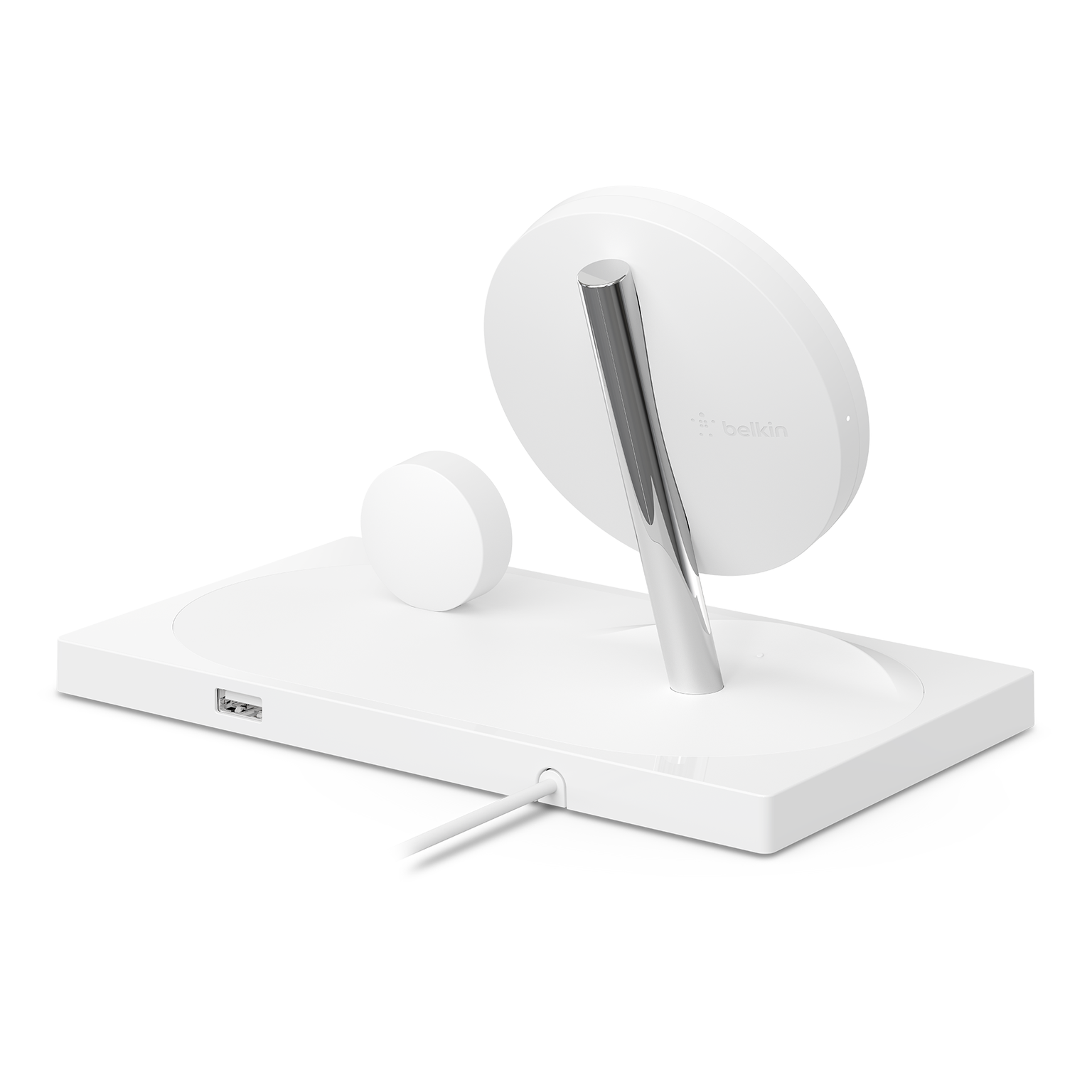
/article-new/2012/05/ipad_dual_dock_2.jpg)
Support for home directory relative paths (e.g. The advantages of my solution (Dock Master) include: Over the past week I started working on a tool to make generating dock configuration profiles easy and include all the features missing from other tools.

Unfortunately home directory relative folders were broken using this technique. System/Library/CoreServices/Dock.app/Contents/Resources/Īfter that I tried using Tim Sutton’s mcxToProfile script to convert ~/Library/Preferences/ into a profile. System/Library/CoreServices/Dock.app/Contents/Resources/en.lproj/ist

I also had temperamental success in directly editing: I tried Kyle Crawford’s dockutil command line tool and found it worked well for changing the dock of existing local accounts, but required scripting (LaunchAgent) to apply to newly created accounts. No home directory relative path support, therefore you cannot simply add a user’s Downloads folder to the dock. app files) on the OS X Server host itself. You can only add applications to Profile Manager if they are installed (note: can be dummy. There is no control over the order in which applications are displayed in the dock. However, the functionality has some frustrating limitations:
#DOCK DESIGNER FOR MAC HOW TO#
This movie shows you how to use the Dock.Recently I have been actively looking into the best solution for setting a custom dock on multiple machines.Īpple’s Profile Manager allows the creation of configuration profiles with dock settings. You can click on Dock Preferences to change other options such as the size of the dock or the animation that plays when you minimize or maximize windows. This may be helpful if your Dock is too small because you have a lot of icons on it. You can also change the location from the bottom to one of the sides, or you can turn on magnification, which will increase the size of the icon when you hover over it. You have the option of hiding the Dock, which will make it disappear until you hover over the area where it would normally be. You can change your Dock preferences by selecting Dock from the Apple menu. You can empty the Trash to save disk space by using the context menu that opens up when you click and hold on the Trash icon. You can delete files or folders by dragging them to this icon. You can use these folder icons as shortcuts to the locations you access the most on your computer.Īll the way on the right hand side of the Dock you will find the Trash icon. The section on the left (or on the top if you have changed the location of your Dock) displays icons for applications, while the section on the right (or the bottom) displays icons for folders or files, as well as any minimized windows. The context menu will even display the name of the currently playing song at the top. For example, if you have iTunes open, you can click and hold on its Dock icon to display a context menu that will allow you to skip to the next song, or stop the currently playing song. With many applications, you can use the Dock to perform tasks in that application without maximizing a window. The Dock lets you know what applications are running on your computer by displaying a black triangle underneath their icons. The Quit option in the context menu will change to Force Quit so you can quit the non-responding application.

If an application is not responding, you can use the Dock to force quit it. One of the options on that context menu will allow you to Quit the application. To quit an application, you can click and hold the pointer over its icon until a context menu is displayed. To launch an application, all you have to do is click on its icon in the Dock. The dock offers a quick way to launch and manage applications. The dock is the bar of icons that usually appears at the bottom of your screen.


 0 kommentar(er)
0 kommentar(er)
